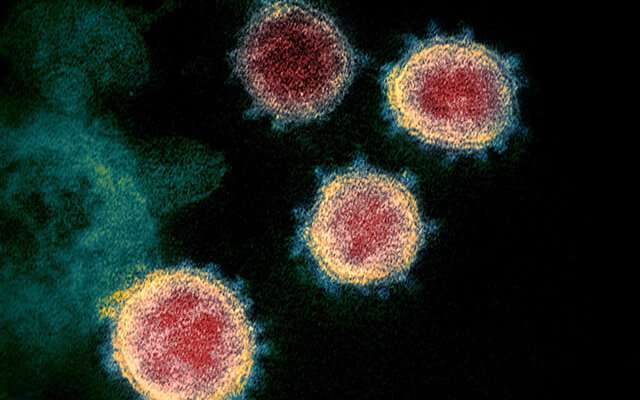
Results of a unique test developed by a world-renowned expert, which targets three viral genes to increase reliability and could cut COVID-19 detection time to 20 minutes, have been peer reviewed and published in the journal Scientific Reports.
Stephen Bustin, Professor of Molecular Medicine at ARU and a leading expert in quantitative polymerase chain reaction (qPCR), which is widely used to detect infectious SARS-CoV-2 in cells, has developed the assay, called Cov2-ID, with colleagues at Broomfield Hospital in Chelmsford.
The test detects three viral targets, making it more reliable than other current tests to identify the virus which target one or two, and was 100% accurate in almost 30 patient samples taken. The test also has the potential to detect viral load, which is the amount of the virus present in each patient.
While most of the samples were taken in Essex and contained the mutant genotype of the virus, a sample taken from Australia contained a different “wild type” genotype.
Cov2-ID has been developed using MIQE guidelines, which were developed by Professor Bustin in collaboration with scientists across the world to promote best practice for qPCR assay design and publication, to produce results which are robust, sensitive and fast. It is also designed to minimise the likelihood of a false negative result which may lead to patients unwittingly infecting others.
The qPCR tests currently in use in the UK typically return results within between one and two hours. The Cov2-ID testing process is both faster and simple to carry out, and could potentially return results while the person tested waits, helping to reduce the spread of infection.
Professor Bustin said: “Speed and reliability are vital elements of the testing process. Currently, it is not really feasible for someone to wait where they are for the results of their test. They might go to the shops, have some lunch, and only then get a positive result, risking community spread of the virus. We have developed a test that can deliver a result in just 20 minutes.
Source: Read Full Article






